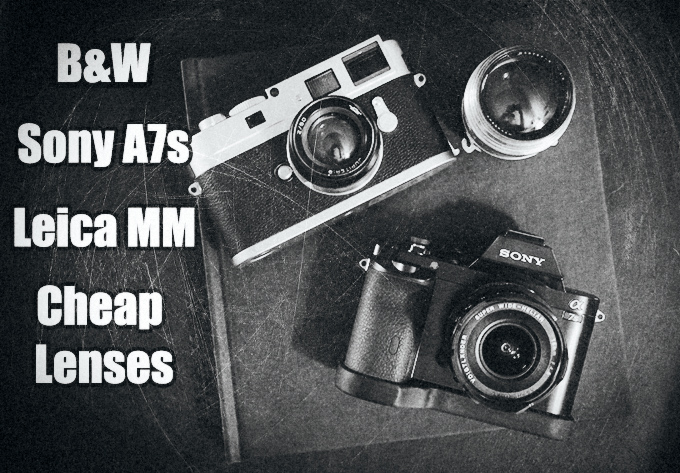
Black & White with the Sony A7s, Leica Monochrom and Cheap lenses!
There is a beauty to B&W that is oftentimes not seen in color. Sure, there is place for color photography as our own vision is in color, this is how we see but there is something classic about B&W that just pulls at the heartstrings for many of us. When I was growing up the big thing was Polaroid cameras and instant film. Even 110 cameras and those silly disc cameras with disc film were in. There was NOTHING quite like what we have today and photography, while well-loved by so many back then, was not practiced nearly as much as it is today.
The Sony A7s with the Voigtlander 15 f/4.5. For ANY Leica Monochrome or Sony A7s shooter, his lens is a MUST own. It does well on color on the A7s as well. One of my faves. At $599 shipped, you can not go wrong for those times when you want wide-angle on your full frame.
With so many color filled images on Facebook and in all of the social circles I have become quite fond of pure, simple B&W photography.
Yesterday I went out to shoot some portraits of my (soon to be) stepdaughter Katie. I brought along my Monochrom, a Sony A7s and even a Mamiya 645 with Leaf Credo 40 back (have it for testing now) and the HoldFast Money Maker and Roamographer bag I just reviewed. I have to say, this Sony A7s just keeps on impressing the hell out of me. Seriously. It seems there is NOTHING it can not do. From ultra low light to super bright light. From rich color to pleasing B&W. From using Sony FE lenses to using Leica mount lenses. It just seems to do it all, very well. I won’t even get into the video aspect, which is its main feature.
Even the 85mm f/2 Jupiter 9 that I paid $80 for is a fun lens. This is another Russian Leica screw mount lens and while it is a bit soft wide open it is well worth the cost for when you want a soft look. Sony A7s.
For me, so far, the Sony A7s has been the best camera release of the year. Even with all of the new stuff at Photokina, so far, nothing has gotten me more than the A7s in 2014. I was shooting it yesterday with a $30 Jupiter 8 lens I picked up locally, which is a Russian Leica Screw mount 50 f/2. Yes, $30. How can ANY $30 lens be any good? Well, it may not be anything like a Leica or Zeiss 50 but it has its charms for sure.
Below is an image I shot with the A7s and Jupiter 8 lens, wide open at f/2. For $30 it can render a beautiful soft image. This was shot on the Sony A7s.
As I mentioned earlier, I also brought along the Leica Monochrom, which for me is an instant classic. I feel Leica will release a new Monochrome in a year or two based on the M240 or whatever the next M will be. If they do, it will not be like the current monochrome due to the CCD sensor. Again, as with the M9 vs M 240, there will be fans of each model. The Monochrom has something about it that makes you just want to use it, shoot it and LOVE it. Is it worth $8,000? No. But it is a wonderful camera to own and use and it has results that can be superb, depending on the lenses you use with it.
The Leica Monochrom with Voigtlander 15 (cropped)
The MM is simple in its design, it is an M after all. It has simple menus, basic settings, and is small yet very sturdy and solid. Many scoff at buying a camera that can only do B&W but if you love pure and true B&W imaging and have a true passion for it, there is no other alternative. For me it is like having a Leica film camera loaded with every B&W film type on the market and then some. You can dial in any look you want from Tri-X to Neopan to Delta.
The Leica MM with the Voigtlander 15 – cropped
So how much difference is there between a file from the Sony A7s and Leica Monochrom when both are done in B&W? Well, the Monochrom will have much more fine detail for super large prints and a more subtle shift of grey tones throughout but the A7s is also very nice with B&W imaging. For the images here I used VSCO filters for ALL of the images so they will all have a similar signature and look. Without those filters the differences are more pronounced with the Monochrom giving a deeper range of grey tones to the image. But I have to hand it to the A7s. It rocks with color or B&W. Daytime or night use. But I still love my Leica MM! Also, use it with some great lenses and it will really strut its stuff.
You must click on these images to see them correctly and larger/better quality. This one is a full wide image from the MM and 15.
For this shoot I used not only the Voigtlander and the Russian glass, I also use the Sony/Zeiss 55 1.8 which is a fantastic lens. Contrasty, sharp even when wide open and has Auto Focus so you do not have to be critical with your eyeball 🙂 Both images below were with the A7s and 55 1.8 lens.
So while B&W may not be everyone’s cup of tea, I love it. For me it pays homage to Photography’s past while also allowing a purity to come through. No white balance to worry about, no color shifts, no problems. Just pure. simple. photography. I would like to thanks my model, Katie Casey for her time and patience with me while I tried to manually focus those old lenses in the 100 degree heat 🙂
You will notice I did not include any images from the Leaf Credo/Mamiya system. I shot about 20 images with that setup yesterday and it was a BEAST. Heavy, cumbersome, large and loud.
With that said, here is one from the Leaf setup though the shadow of my head ruined the shot:
and again, the similar shot with the A7s and $30 Jupiter lens which shows the soft Jupiter signature:
You can read my full Sony A7s review HERE or buy one HERE at Amazon or at B&H Photo HERE.
You can read my full four-part Leica MM review HERE, see my gallery HERE or buy one at Ken Hansen (khpny19@aol.com), PopFlash.com, Leica Store Miami or Pro Shop. Also at B&H Photo or Amazon.

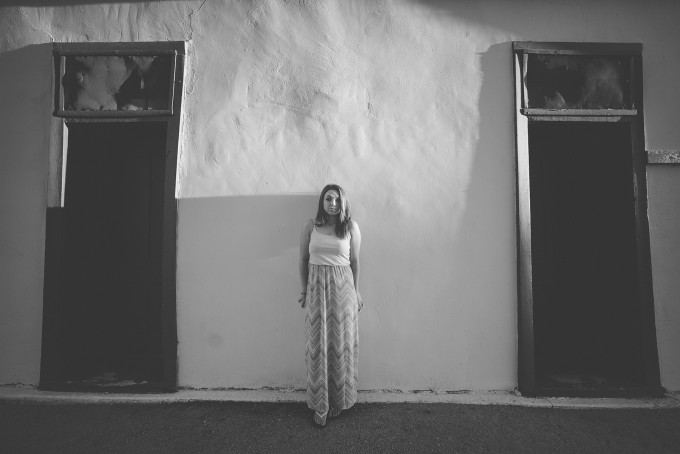
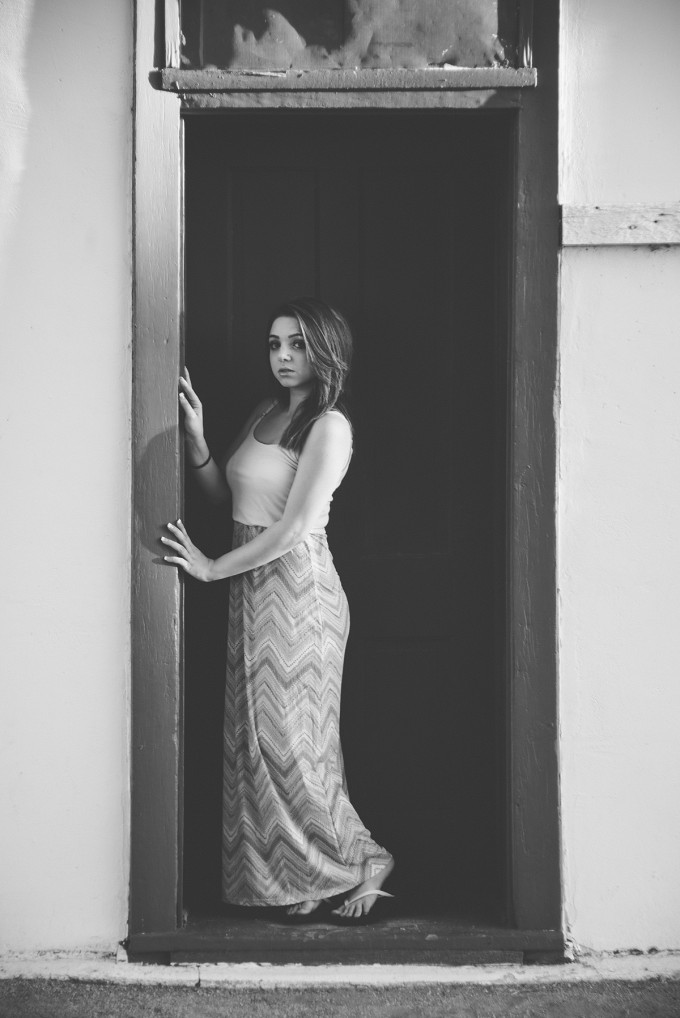
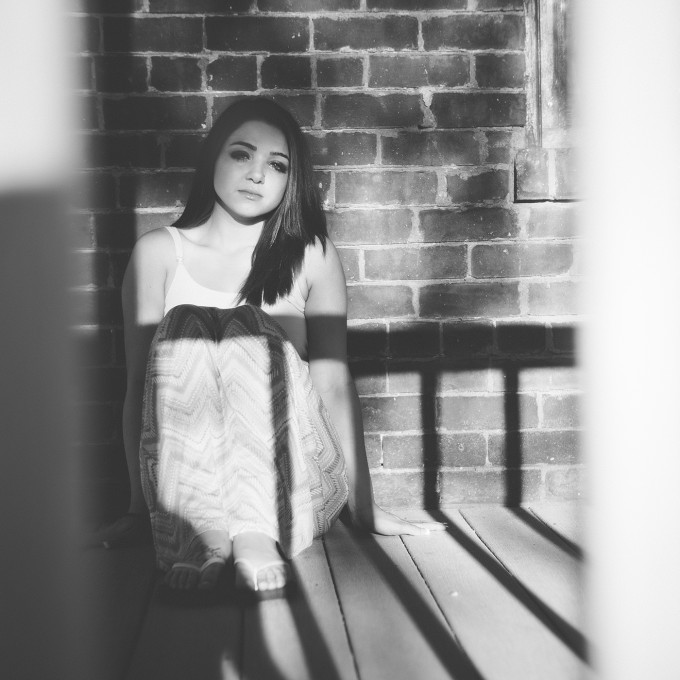
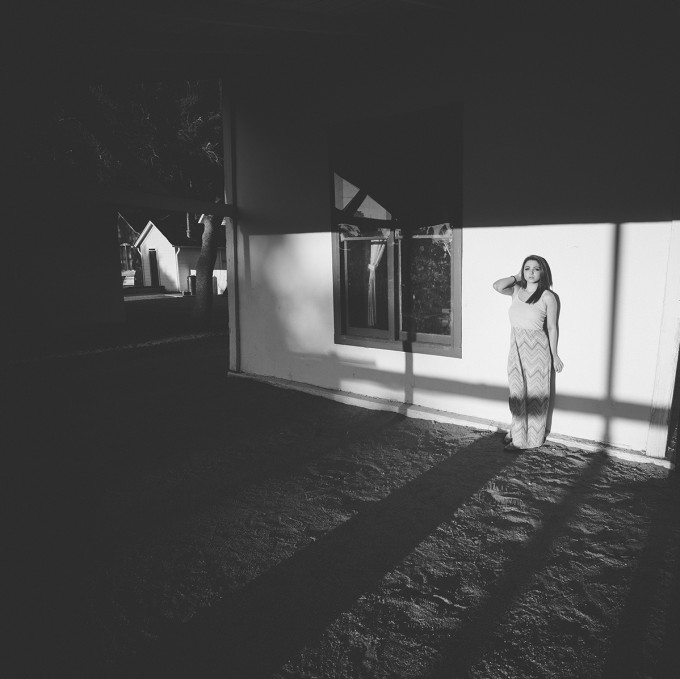
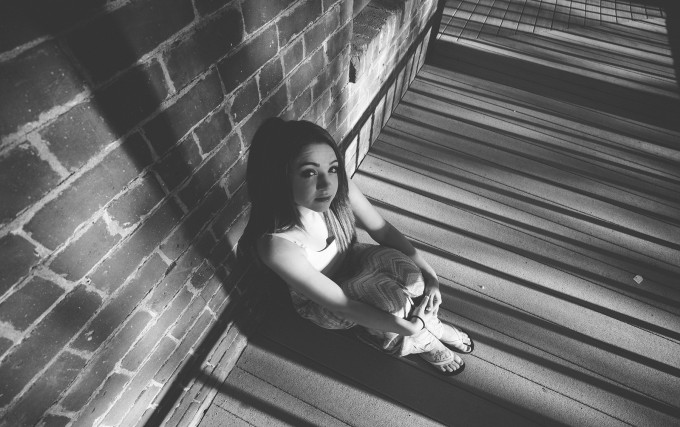
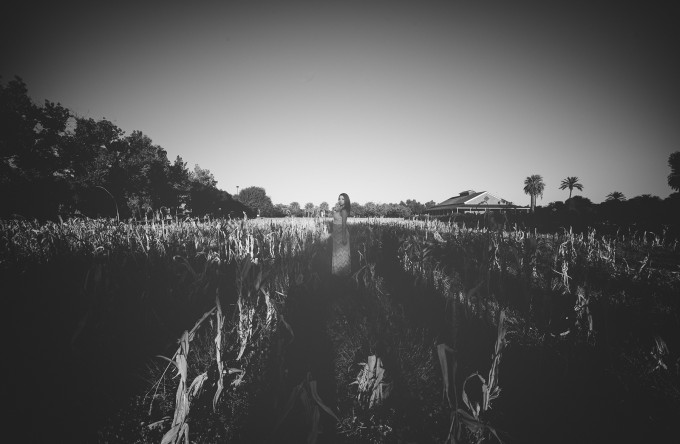
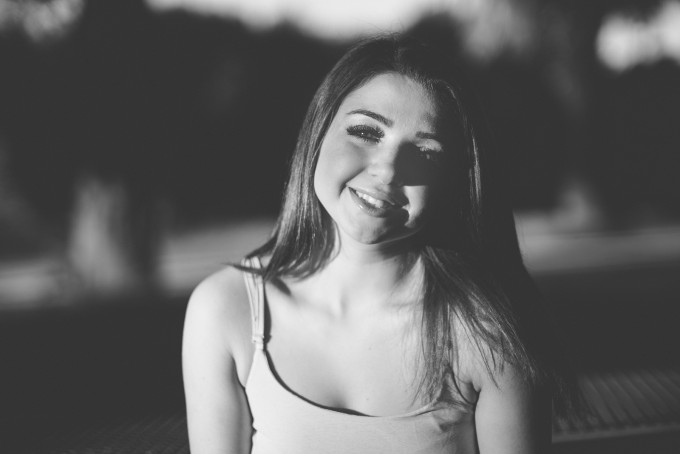
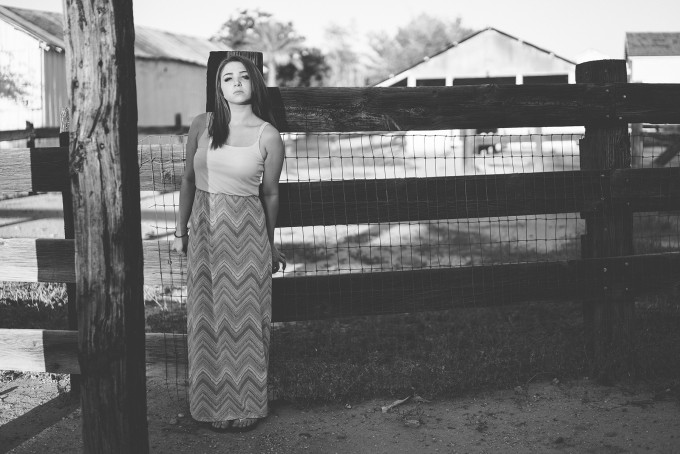
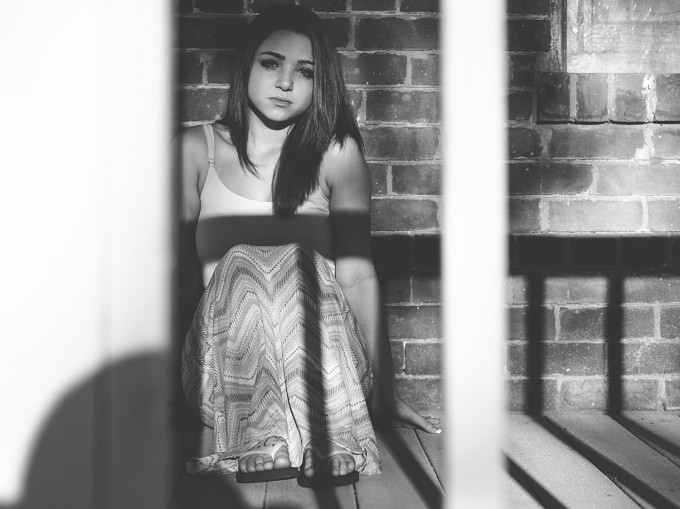


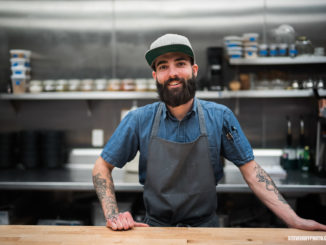
I feel that digital shooters overlook the fact that we film users can vary the output of our cameras quite a lot by selcting different films. I used Ilford XP2 and Kodak BW400CN chromogenic for several years. Then I started experimenting with Tri-X, HP5 et al. Thats when I began to notice a difference in contrast, emphasis and shadows. Put simply, digital boys are denied this.
From ultra low light to super bright light. From rich color to pleasing B&W. From using Sony FE lenses to using Leica mount lenses. It just seems to do it all, very well. I won’t even get into the video aspect, which is its main feature.
My 1950 KMZ Jupiter-3 was the first lens on my M Monochrom.
Wide-open:
https://www.flickr.com/photos/90768661@N02/8563013153/
https://www.flickr.com/photos/90768661@N02/8563013201/in/photostream/
The KMZ Jupiters seem to be best, better quality control. KMZ continued to make the J-8, after the J-3 was transferred to ZOMZ in 1956. “Too Bad!”
I use a few Jupiters on the NEX-7, some of them make B&W shots look real ancient style. Industar pancakes from Russia are also quiet popular, the 28/2.8 makes toy camera style shots. I bought a 35-1.6 HD lens on e-bay in c-mount recently, is sharp like a great one, has no vignetting and the bokeh is just amazing, for 85$ plus transport one can not be angry. A bit CR, but nothing one can not correct in PS. The Jupiter 9 is a huge lens as well for portrait. At the price they cost, one can not make much wrong.
I own Jupiter 8, 9, 11, & 12. All of them are marvelous and way underrated by many people due to its spotty quality control. But if you can get the good ones they will blow your mind!
Russian lenses cheap? Man the internet hype machine got into them and pound for pound they aren’t cheap now.. A J3 in good order runs as much as a 50mm voigt 🙁
I miss the days before that all started
They are indeed cheap, the lenses I am speaking about are. I paid $30 and $80 and they can be found on ebay for $50-$100. That to me, is cheap for a lens that can be used on a Leica or A7s with good results 🙂
Agreed – the 8 and 9 are pretty cheap, although you stole the 8 for $30. But a good example of the 3 – a fantastic lens with an amazing signature – will run you $200-250.
And, by the way, thanks for the photos and post. I love the way the cheap Russians add character to digital cameras.
Very nice images Steve ! I also have a step daughter, and she is my best model 🙂
I use VSCO film 04 & 05, what I see in your images is a lot of “fade” effect, it is a matter of preference I know, and your images looks great but I prefer simulation presets with “–” sufix wich means more contrast (if I remember well) and then add plenty of exposure +1EV for example, it gives nice medium tones and strong blacks with a very fast transition from gray to black, it is like adding contrast only in the shadows…. try it !
Jupiter 8 (and Jupier 3) are fantastic 50mm lenses.
Cool post about black and white. I always think that if the image you are trying to take isn’t about colors, then the image should be black and white. A simple way to figure out which is which. I think some famous guy said that if you are taking street photography in color, you are taking pictures of clothes, in black and white, your taking photos of people.
ood stuff. I want a 7s so bad….
I’ve for a while fel cheap old analog lenses with modern sensors give me a look i much prefer
that exopensive old analog, expensive modern lense.
I used to hunt ebay for £10-£50 ( $15-$75) lense.
The somewhat well known Jupiter 85/2 on Kodak SLRC
(the first FF dslr i had & very close tolook of Leica M9 due to Kodak CCD sensor)
was sumptuous.
Even on sony nex5 the jupiter 85/2 made the sony look analog (ish).
The SLR/C used a 14MPixel CMOS sensor- designed by the same engineers that did the sensor for the M240. The DCS760 was the last Kodak DSLR to use a CCD.
Interesting article. Some of my best b/w shots were taken with my Leica M5 and Jupiter-8 50mm f/2 lens on Ilford FP4 Plus 160 film. Beautiful combo for portraits.
I’ve bonded with the A7s like no other camera. It is a camera that is easy to carry, fun to shoot, and a camera that makes me feel confident I can get the shot under a very broad range of conditions. And I really like how the files look.
I’ve learned a few things that might be of use to other A7s shooters.. For less contrast and saturation, try shooting Neutral instead of Standard. You can always boost in post but it’s harder to decrease. Eye focus (pretty cool for portraits) is unavailable until assigned to a custom function button like c1 (try it with face recognition On, autofocus area Wide, and Single-Shot autofocus). For longer battery life turn Airplane mode On and and Pre-AF Off. Also not obvious is that you can customize the quick menu (Sony calls it the Fcn Button) see Function Menu Set in the gear tab. Also, HDR does help handle lighting extremes without looking artificial – something I’ve never bothered to use on other cameras. I still have B&W exploration to look forward to.Happy shooting.
The contrast sits just right for me. Poetic.
interesting version of B&W, imo less contrast makes picture more flat
Nice set Steve, you’re working wonders with those old lenses!
Whist I generally prefer BW with plenty of strong contrast, I think the softer, silvery tones you’ve given the images work really well and suit the subject matter nicely.
The last two shots are particularly interesting, in that you can see the superior tonal quality of medium format film – especially in the skin tones. That said, the digital shots hold up nicely and there is no denying the size and convenience factor.
Interesting that you say that as the last shots are still digital, shot on Medium format with a Leaf Credo 40 digital back. 🙂
Steve: been shooting the Fuji x100, love the size will never go back to a DSLR … am thinking my next camera will be the A7S due to low light shooting and the fact I have some wonderful old M mount lens…
Am wondering were the photo that you post above from the A7S B&W jpgs out of the camera or where you shooting in Raw and converted them?
All in RAW and as stated, used VSCO filters for the conversions. Thank you!
Thanks for sharing Steve; a nice change of pace. Perhaps it’s because I am a B&W fanatic, but I completely agree about how perfect and simple black and white can be.
The square MM/CV15 shot is by far my favorite. Lovely mood.
Some films do not exhibit much contrast. If Steve used such a film simulation the above results would be appropriate. Now if you want contrast perhaps a Tri-X simulation would provide that. So the low contrast Image would be a matter of taste and one would choose an appropriate simulation in VSCO to provide that look. Either way the camera is a great and versatile tool.
Nice shots, but give them a little more contrast. I think it will be better.
I gave it that look on purpose. They came out of the camera with much more contrast. I preferred them this way. Thank you for looking. Sometimes I like extreme contrast and sometimes I prefer low. 🙂
Some great images Steve, loving the look, has a nice summery 70’s vibe to it. I too like to dable between several looks.
Really like your B&W in this ones, well done.